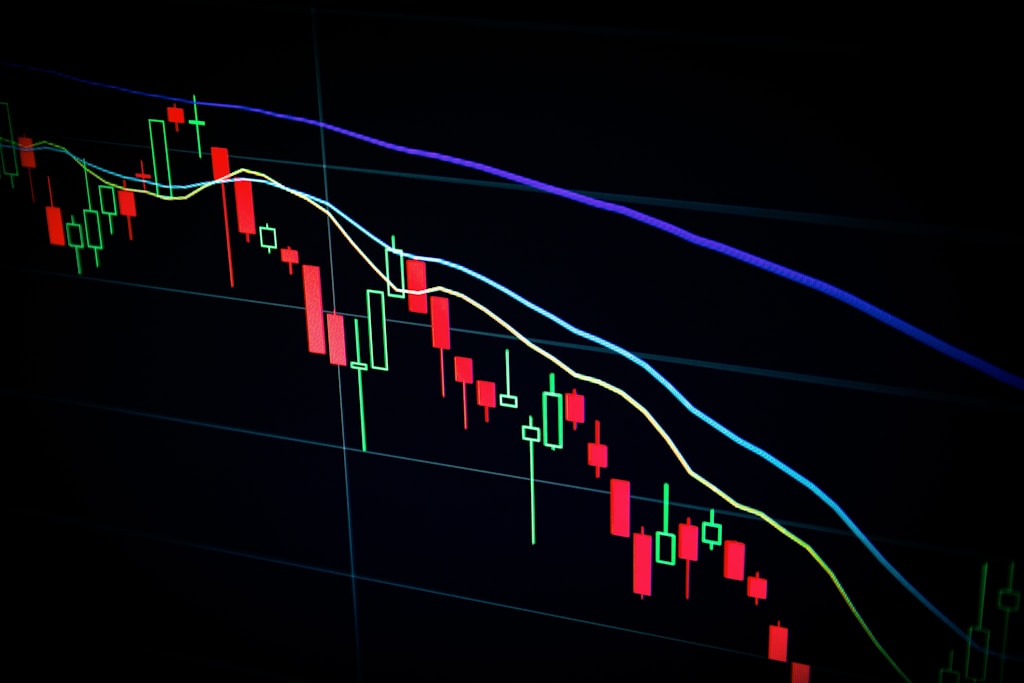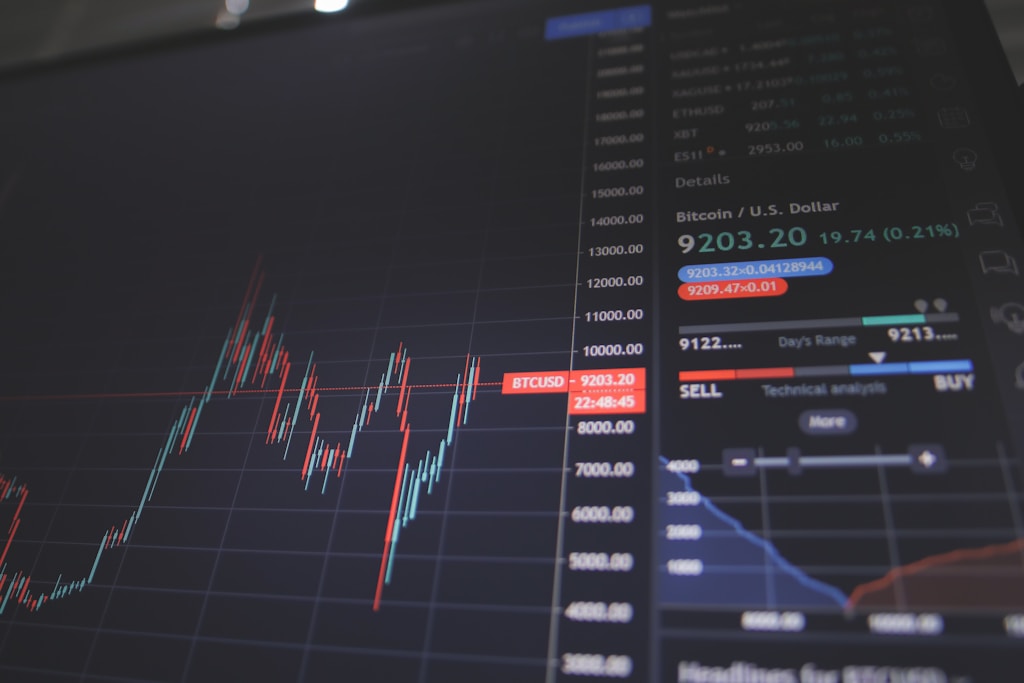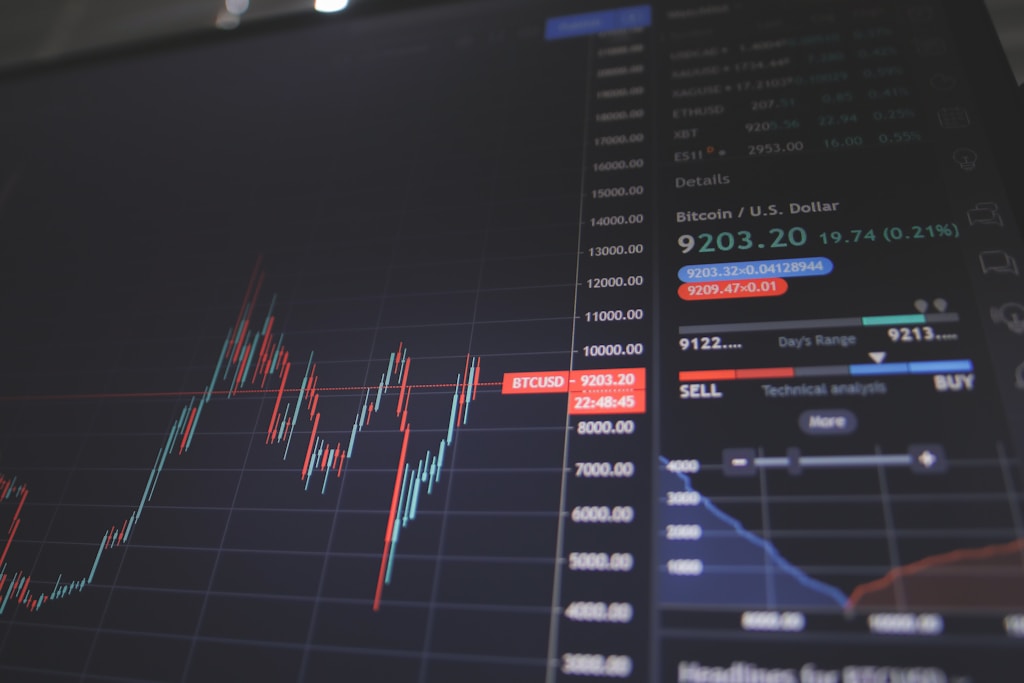Key Takeaways:
- Bank of Italy Governor warns about crypto’s impact on traditional finance
- Integration with banking system could destabilize credit markets
- Concerns raised about sovereign monetary control
In a significant development that highlights the growing tension between traditional finance and cryptocurrency, Bank of Italy Governor Fabio Panetta has issued a stark warning about the potential risks of crypto’s increasing integration with conventional banking systems. This warning comes as global de-dollarization trends continue to reshape the financial landscape.
The Central Banking Perspective on Crypto Integration
Panetta, who previously served on the European Central Bank (ECB)’s Executive Board from 2020 to 2023, emphasizes three primary concerns:
- Market stability risks
- Erosion of public trust in banking institutions
- Potential loss of monetary sovereignty
Impact on Traditional Banking Systems
The integration of cryptocurrency with traditional finance presents several challenges:
| Concern | Potential Impact |
|---|---|
| Market Volatility | Increased systemic risk |
| Trust Erosion | Reduced confidence in traditional banking |
| Monetary Control | Weakened central bank influence |
Expert Analysis and Market Implications
Financial analysts suggest that Panetta’s warnings reflect growing concern among central bankers about losing control over monetary policy. This comes as traditional institutions increasingly consider cryptocurrency adoption.
Frequently Asked Questions
How might crypto affect traditional banking?
Cryptocurrency could potentially reduce reliance on traditional banking systems and affect monetary policy effectiveness.
What are the main concerns for central banks?
Primary concerns include market stability, monetary control, and maintaining public trust in financial institutions.
How could this impact investors?
Investors may need to reassess their portfolio strategies considering potential regulatory changes and market volatility.






